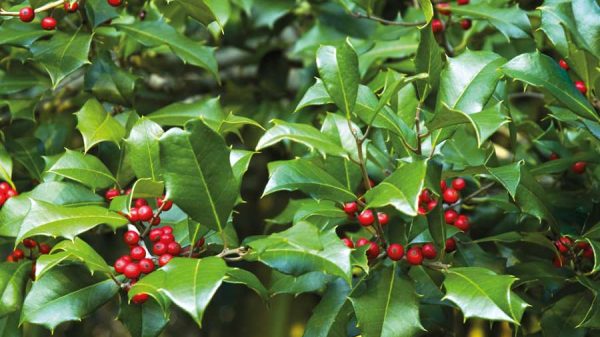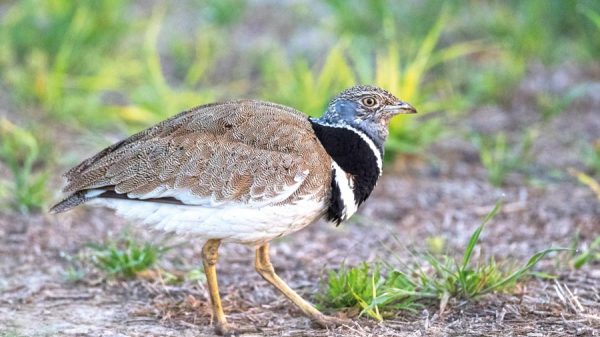If I had to describe my perfect summer it would be long sunny days with one day per week of heavy rain, that way the garden would flourish and I could relax and enjoy the great outdoors. When we moved to our house some five years ago the garden was completely overgrown, a wilderness but with the tranquil charm of competing native species, Cow Parsley, Pink Campion, and yes Nettles, but there was evidence that the site had ben gardened and as we cleared areas around the house plants started popping up, previously stifled by more vigorous species. Papaver somniferum (Opium Poppy) provided drifts of single and double pink poppy blooms, hundreds of Snowdrops and Daffodils burst into flower in the spring. We lifted a concrete path at the front of the house and within weeks a seedling pansy showed its face, the seed hibernating under a paving flag for who knows how many years. It never ceases to amaze me the resilience of some plants, so if you inherit a new garden that looks a little overgrown, keep an eye out for pioneers from a previous gardeners endeavours, some might be worth keeping.
August is the month when many plants are just starting to slow down, having provided a vibrant display for the past few months, this is the time when they would benefit form a feed to give them a boost and help them build their reserves for next year. I try to feed most of my garden at lease once every year, although annual vegetables and container plants do need regular feeding as they produce their bounty in one year. But how many people feed their hedge, or trees and shrubs? as they plod along year after year food reserves in the soil do deplete so its a good idea to give them a feed once per year of granular general purpose feed, I use chicken pellet fertiliser, its cheap and organic. Just a light sprinkle around plants and along the hedge will keep them going. If applying during a dry spell it’s a good idea to water it in too.
Some plants show you that they need feeding, I have a Cornus kousa (Flowering Dogwood) and noticed that the edges of the leaves and between the leaf veins was turning pale and yellow. This is a classic sign of Iron deficiency so I nipped along to the local garden centre and picked up some sequestered Iron, some magnesium and some calcium, some might seem like overkill but a deficiency in any of these elements can cause yellowing so I though, well I like a three course meal so I’ll give the Cornus the same. The three products can be mixed in one watering can and applied around the base of the plant. Within a week the plant was looking a lot happier, and I plan to do it again at the end of this month and hopefully that will solve the problem. It is something that can happen to plants that prefer a soil on the acid side so I will keep an eye on them and probably make feeding them an annual job.
The hardest task to master in the vegetable garden is successional sowing, but it’s a skill worth persevering with in order to provide a steady stream of fresh tasty vegetables and salads without a glut. There are inly so many recipes for runner beans and courgettes, both of which tend to produce heavy crops.
As certain crops come to an end, there is an opportunity to plant or sow a late crop of vegetables such as Turnip, Beetroot, Fennel, Spinach, Pak Choi, Radish and Salad Leaves. Winter brassicas bought as plants will fill gaps, steadily growing through the cooler months they will provide valuable greens next spring. When sowing seed directly at this time of year it is a good idea to water the drill ( small channel in which seed is placed) prior to sowing, cover with a little soil them water again. Keep an eye on the weather and if it is hot and dry you will need to water every three or four days. The top inch of soil dries out very quickly in warm weather and if this happens as the seed is germinating it will damage and often kill the developing seedling.
Who doesn’t like fruit?, the sweet taste of strawberries ripened on the plant, or a crisp fresh apple picked straight from the tree. There really is no excuse, as there are lots of different fruit that can be grown in a small space or in containers, now is the ideal time to plan where and what to grow. Strawberries are perhaps the easiest fruit to grow, and will produce good crops in containers and hanging baskets providing you water and feed them as the fruit develops. Apples and pears along with many of the soft fruits ( Blackcurrant, Gooseberry, Red and White currants) can be grown as restricted forms. Cordon, Fan and Espalier are all types of training and work well grown against a wall or fence providing the soil they are planted in is prepared well. There is lots of information on the internet or visit you local garden centre/nursery for advice, and although there are plants available container grown, I prefer to plant bare root plants through autumn and winter when the plants are dormant. If you are impatient, you can plant this time of year but you will need to water them regularly and take off any developing fruit, thereby encouraging the plant to concentrate on establishing a good root system, to be honest there is little to be gained by rushing into planting now. Better to concentrate finding out what will grow in your space and if training against a fence or wall prepare the frame on which you will train the shoots.
Happy Gardening,
Martin
Next Month, Green Manuring, Storing and preserving vegetables and Bulbs in pots.







